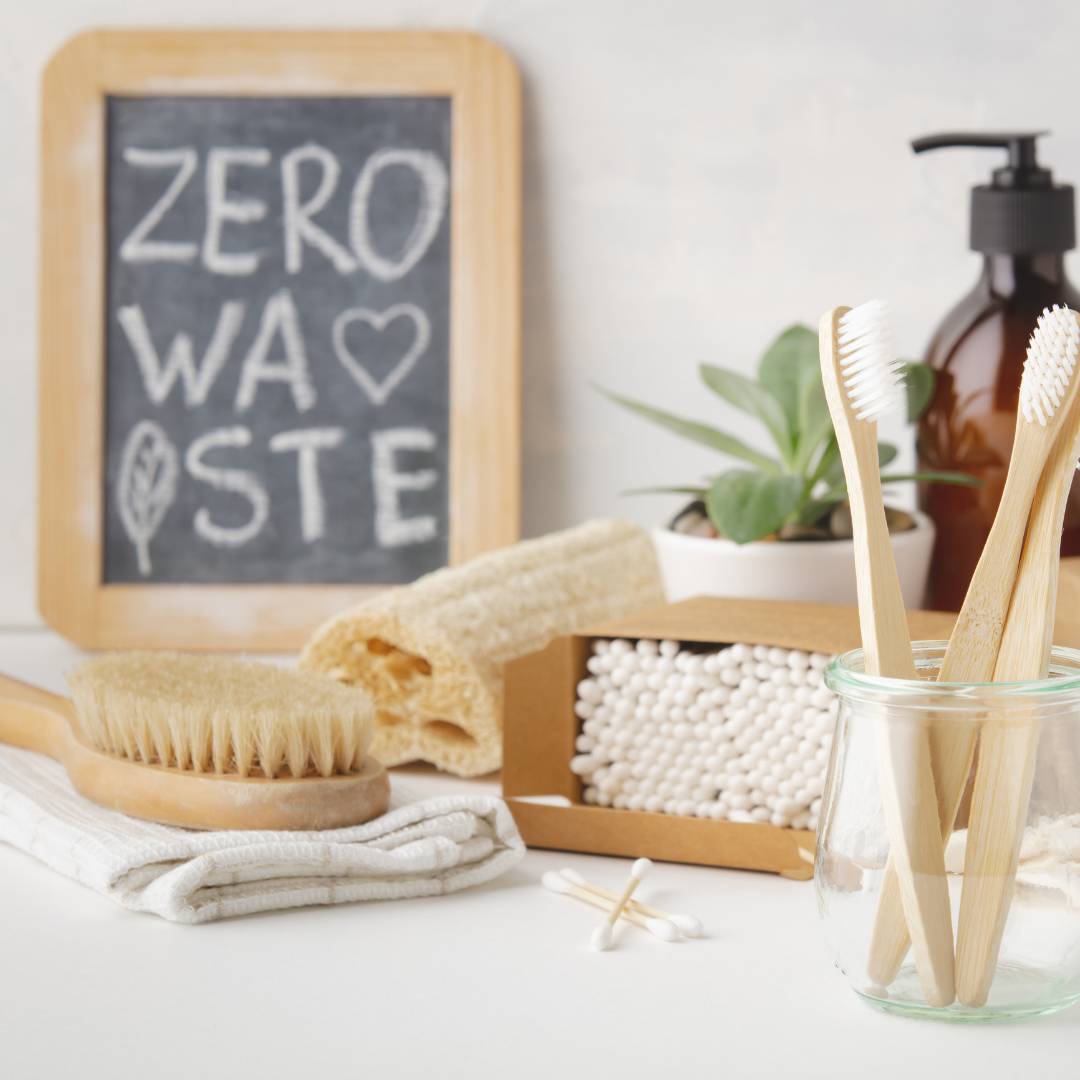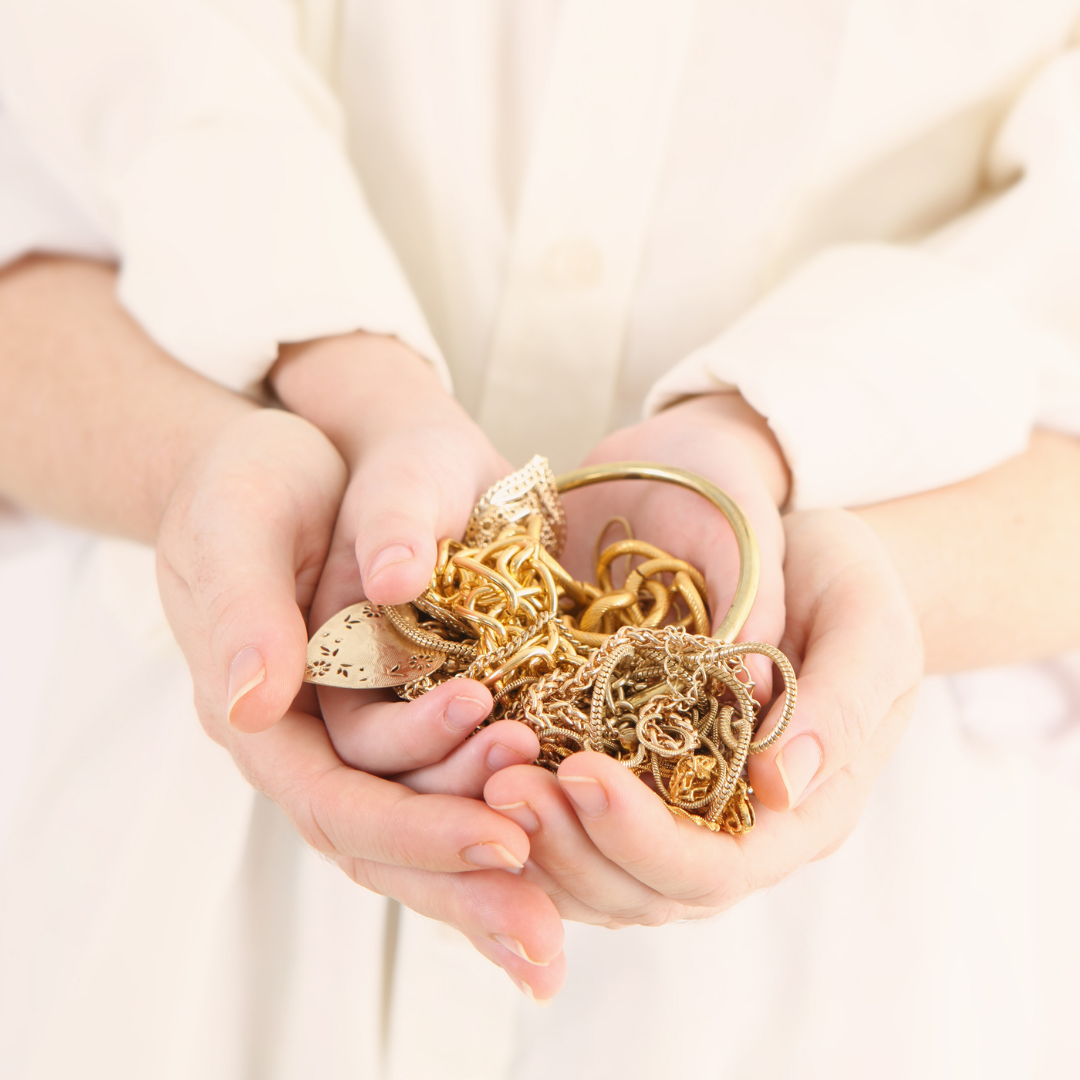Your No-Frills Guide to Zero-Waste lifestyle
Ready to adopt a zero-waste lifestyle but don’t know where to start? You’ve just landed on the right page. Take a minute, let’s see some of the good the choice you just made will do the world.
Come to think of it. The coffee mug you used once and discarded. The power towel you throw into the trash can after a single use. The packages that come with the product we buy. Imagine the amount of waste that is. Perhaps, that explains the whooping 1500 counts of landfills in the united state alone. Plus, there are millions of people in the world doing the same.
Once again, Congratulations. You are making the little change that’s important for our world. After all, every change starts with individual action and mindset from a real hero like you.
Now, let’s take a look at some of the best tips on how you can adopt a zero to waste lifestyle.
- No More Plastic. Plastic. Plastic
There’s no way we’d talk about adopting the zero-waste lifestyle without talking about plastics. According to a report by the Guardian, about a million plastics are bought every minute worldwide. And the number is said to increase by 20% by the end of 2021.
To embrace a zero-trash lifestyle, you should start avoiding products that have plastic packages and can only be used once. Instead, look for better alternative containers that can be used and reused for a long time. Consider stainless steel and glass jars. They can be very useful at storing loose food items like rice, beans, oatmeal, and other dried fruit.
- Embrace Package-Free Shopping:
Instead of piling up plastic at every shopping, you can opt for unpackaged products. By that, you are reducing the problem of environmental plastic and microplastic particles in the world.
After getting a container of the size and shape for your purpose, there is a wide variety of local zero-waste stores you can walk to for unpackaged products. Go shopping and store food items with your containers. For fermented foods, dry goods, and other products like soap and hygiene solutions, all you need to do is just dedicated containers that you can wash and reuse anytime the product runs out.
- Use Your Water Bottle
Let’s pretend you are the kind of person that drinks little amounts of water per day. On average, you will take up to 3 bottles of water no matter how cool the weather is. One in the morning, one in the afternoon, and another at night.
The implication of this is that you are contributing 3 bottles of water to landfills every day. And in a year, you alone are sending over a thousand non-biodegradable plastics. What a waste?
Of what essence is buying 3 or more bottles of water each day? Why not get a personal water bottle you carry along everywhere. Just fill and refill whenever you need to.
- Start a Compost Pile
According to research, one-third of every household waste is organic material. Waste such as vegetables, eggshells, tea bags, fruit parts, and other foods are biodegradable wastes.
It will make a lot of sense to have a compost pile for organic wastes at home. Besides that this reduces the amount of waste in landfills, the effects are beneficial on our environment. Composting biodegrade is a natural way of recycling organic material.
- Reduce Processed food
The world is in a rush, fast food is everywhere. Our foods are no longer from our home kitchen. On the street, in the office, and even at our homes we consume processed foods.
Living outside the kitchen has become the new norm. Could you imagine the amount of waste you’d save by preparing your own or your family meal? Instead of purchasing food in disposables, why not make your food and beverages? By doing so, you will be using plates, cups, and dishes that can be washed and reused over and over again.
- Buy Only Necessities
Before getting to that store to buy what you need. Look again and access your list with a necessity lens. That’s one thing anybody that wants to practice a zero waste lifestyle should be good at. Ask yourself questions like; Do I need what I want to buy? Is there no alternative to this and that?
From there, you should be able to separate what you need from what you want. Is it really necessary to have disposable plates and cups for a 10-man party? Look again and consider the importance, then remove others that you can live without or see an alternative for.
- Replace as You Run Out
Adopting the zero waste lifestyle is a gradual process. You don’t need to jump in as fast as possible. Rather do so at a pace as possible. Of course, if you have a big pocket, you might want to consider going fully in once and for all. However, the best thing to do is to replace your non-reusable product with reusable ones as they finish. By the way, throwing out unused products in the first place is against the zero-waste lifestyle.
The recommendation is for you to wait, as they run out, you can then replace them one product at a time.
- Learn to Reuse
To live a zero-waste life, you must know how to find new uses for old things. You can reuse a disposable product for what it is meant for, or find a new area of application for such products. Before trashing any product, you might want to ask yourself again, what else can I do with this? For instance, you might repurpose an old toothbrush to be your new laptop cleaner.
Again, when your jar of jelly is empty, it can be used as a pretty good vase for your home. That’s how a zero-waste life advocate thinks.
Conclusion
Your transition to a zero-waste lifestyle will take time and that’s very much okay. You don’t need to get overwhelmed at all. Follow the tips above and try to execute them one step at a time. Once again, you are welcome to the zero-waste lifestyle. Let’s save the world together.



